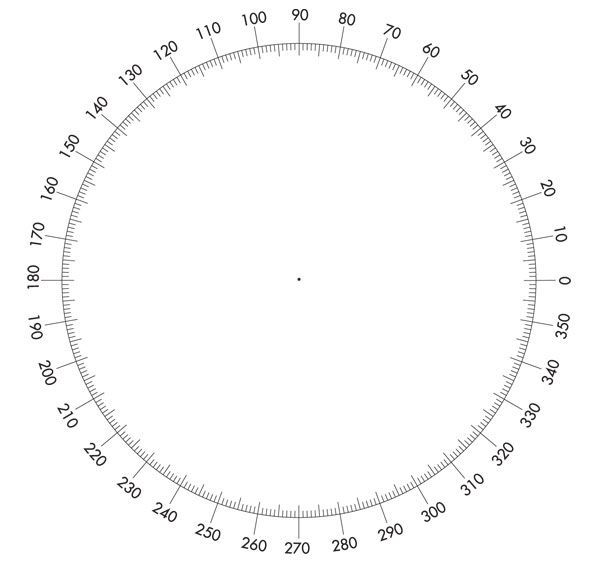How Do Logarithm Tables Work?
- Jonno

- Nov 26, 2024
- 2 min read
LOG TABLES
Forty years ago, most mathematics textbooks included logarithm tables to simplify calculations. With the rise of calculators and computers, these tables became obsolete. However, logarithms themselves remain fundamental in mathematics and science. Students are typically introduced to them around Year 10 in Australia, depending on their academic pathway.

To understand how logarithms were once used, let’s demonstrate their application by multiplying two large numbers using the “log book” method.
Example: 123456789 × 123456789
Here’s how the process works step by step (with the values derived from a log book underlined and bolded):
Calculation | Explanation |
N=123456789 × 123456789 | |
N=123456789^2 | Multiplying by itself is squaring |
log(N)=log(123456789)^2 | Take the log of both sides |
log(N)=2×log(123456789) | Log law: log(a^b)=b×log(a) |
log(N)=2×log(1.23456789×10^8) | Converting to scientific notation |
log(N)=2[log(1.23456789)+log(10^8)] | Log law: log(ab)=log(a)+log(b) |
log(N)≈2[0.09131+8] | Log book: log(1.23456789)=0.09131 |
log(N)=2(8.09131) | Sum inside the brackets |
log(N)=16.18262 | Expand the brackets |
N=10^16.18262 | 10^log(N)=N |
N=10^16×10^0.18262 | a^(bc) = a^b × a^c |
N≈10^16×1.52272 | Log book: 10^0.18262=1.52272 |
N≈15,227,200,000,000,000 | Move the decimal place 16 to the right |
This process took me 4 minutes to complete using logarithms. By comparison, solving the same problem manually took me 11 minutes. With practice, the logarithmic method becomes even faster and remains efficient regardless of the number of digits involved. In contrast, adding digits significantly increases the time required for manual multiplication. Additionally, the loss of accuracy with the logarithmic method is minimal as we can see below:
Method | Result |
Multiplication Algorithm | 15,241,578,750,190,521 |
Log Book Method | 15,227,200,000,000,000 |
Percentage error (PE):
PE = [Difference / Multiplication Algorithm Result] × 100%
= [(15241578750190521 − 15227200000000000) / 15241578750190521] × 100%
= 0.09%
WHY LOGARITHMS STILL MATTER
While calculators have rendered log tables no longer necessary, logarithms are still foundational in mathematics and science. In short, they simplify operations involving exponential relationships and provide a way to represent very large or very small scales.
For example, the Richter scale for earthquake magnitudes is logarithmic. Instead of ranging from 1 to 10 billion, it uses base 10 to range from 1 to 10. A one-unit increase corresponds to an earthquake that is 10 times more powerful. Similarly, the pH scale in chemistry measures acidity on a logarithmic base 10 scale. A pH difference of 9 indicates a change in acidity by a factor of 10^9. Additionally, but without going into the details, logarithms are fundamental to machine learning, data science, cryptography, statistics and more.
Perhaps the key point to understand about about logs, is how logarithmic scales are used to match arithmetic sequences (e.g. 1, 2, 3) to exponential growth (e.g. 10^1,10^2,10^3) reducing the digits needed to describe change. If you understand what is meant by 'matching exponential growth to arithmetic sequences' then you probably have a reasonable grasp of logarithms.
CONCLUSION
Logarithms simplify large scale algorithms with minimal error. Beyond calculation, logarithms help us understand exponential relationships with applications across disciplines. So maybe it’s time to get out into the wild and stoke the mathematical fire with a few logs.




Comments